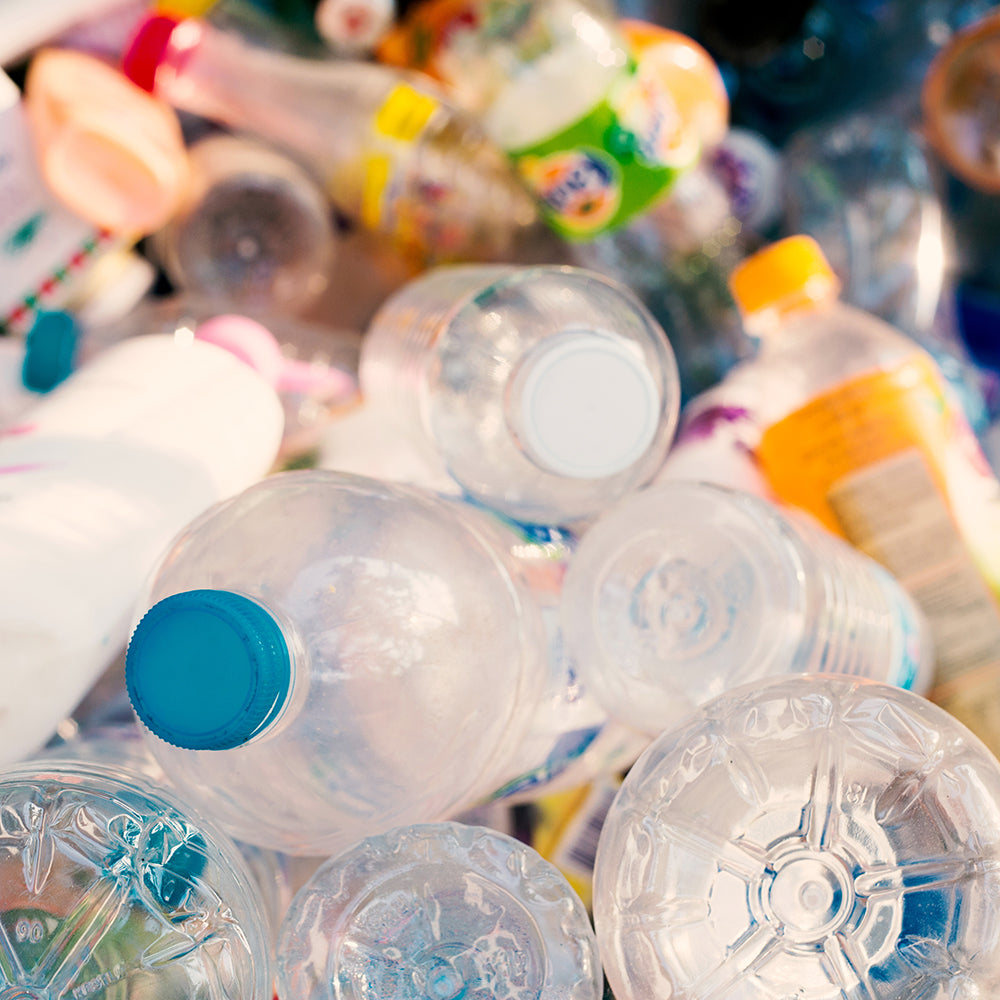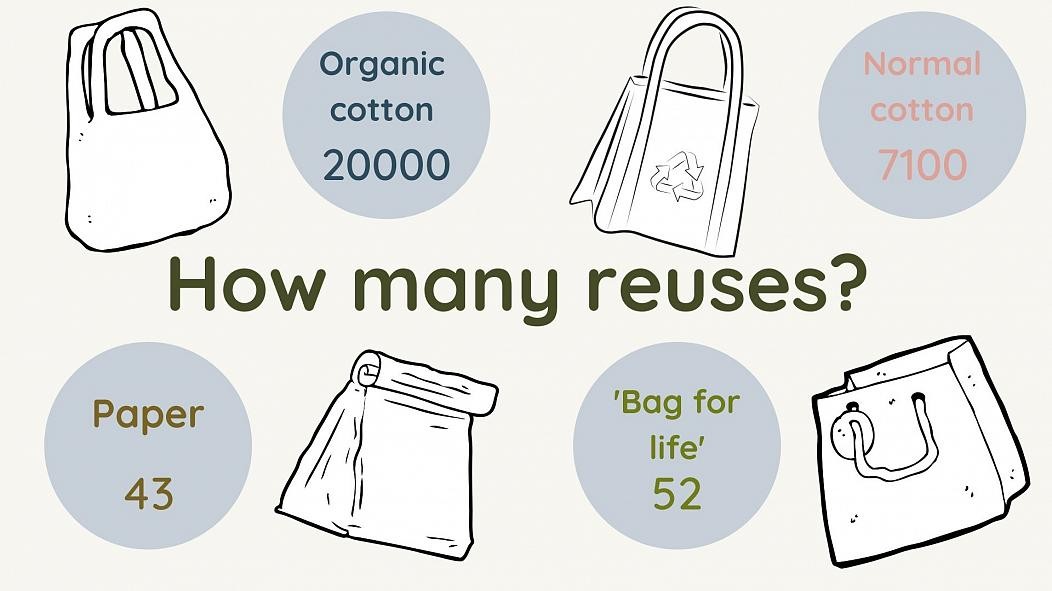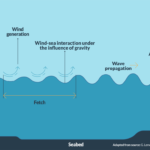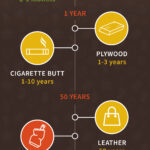A plastic bag can take up to 1,000 years to biodegrade. Outdoors, UV light helps break them down in a process that can last centuries.
Plastic bags present a significant challenge in the fight against environmental pollution. Despite being a staple of modern convenience, these bags have a dark side that extends far beyond their brief usage. They linger in landfills, oceans, and ecosystems, taking an extraordinarily long time to break down.
The durability of plastic bags – a selling point when carrying groceries – becomes their greatest fault once discarded. With the average lifespan of a single-use bag being mere minutes, the juxtaposition with their decomposing period highlights the importance of seeking sustainable alternatives. As the world gravitates towards eco-friendliness, understanding the implications of our plastic use is crucial for fostering a healthier planet. Reducing, reusing, and recycling are more than just alliterative environmental advice; they are vital actions we must embrace to mitigate the long-term impacts of plastic bag waste.
The Lifecycle Of A Plastic Bag
The common plastic bag: a convenience in our daily lives, yet a nemesis to the environment. These bags embark on a journey from creation to disposal, one that can span across centuries. Their resilience speaks volumes about the environmental cost of a throw-away culture. Understanding the lifecycle of a plastic bag provides insights into the broader conversation surrounding plastic pollution and sustainability efforts.
From Production To Discard
Plastic bags begin life in a factory. Manufacturers use petroleum or natural gas to create long polymer chains, forming the polyethylene that makes up these bags. This production process consumes resources and releases emissions, contributing to their environmental footprint before they even reach consumers’ hands.
- Manufacture: In factories, polyethylene is shaped into bags.
- Distribution: Bags travel to stores worldwide.
- Usage: Shoppers use bags to carry purchases.
- Disposal: Most bags end up in trash bins.
Many bags get thrown away after only one use, signaling the onset of their lengthy degradation process. Unfortunately, recycling rates remain low, with most bags heading to landfills, or worse, natural environments.
The Journey Post-use
Once discarded, plastic bags face a long road ahead. Unlike organic matter, which decomposes relatively quickly, plastic bags take up to 1,000 years to break down. During this time, they undergo a series of changes:
- They may first fragment into smaller pieces.
- These fragments become microplastics, polluting oceans and soil.
- Wildlife often mistakes them for food, endangering animal life.
The breakdown period for a plastic bag is daunting. Factors like sunlight and temperature can affect the rate at which a bag disintegrates, but the complete process remains slow. Pieces may still be scattered about the environment centuries from now.
| Stage | Time to Degradation |
|---|---|
| First Visible Signs | 10-20 years |
| Fragmentation into Microplastics | 100-200 years |
| Complete Breakdown | Up to 1,000 years |
In conclusion, the story of a plastic bag does not end at the trash can. Its legacy is a lasting one, outliving many generations whilst influencing the health of the planet. It’s crucial to make conscious choices about our usage of such materials to mitigate their long-term impacts.

Credit: www.thecooldown.com
Unveiling Biodegradation
Unveiling Biodegradation: When we toss a plastic bag into the bin, where does it go? It enters a long journey of breaking down, a process known as biodegradation. But plastic bags have a notorious reputation for their unwillingness to vanish quietly. With increasing concern for our planet, understanding the lifespan of these materials becomes crucial.
Natural Vs Synthetic Breakdown
Not all materials break down with the same ease. Some return to nature swiftly, while others linger for centuries.
- Natural substances like wood or paper decompose within months to years.
- Synthetic materials, like plastic bags, defy time and nature. They resist natural decay mechanisms, making their stay much longer.
Factors Influencing Plastic Decay
Diverse elements affect how fast a plastic bag succumbs to biodegradation:
| Factor | Impact on Decay |
|---|---|
| Exposure to sunlight | Speeds up breakdown |
| Microbial activity | Helps decomposition |
| Thickness of plastic | Thicker bags take longer |
| Temperature | Colder climates slow decay |
Every plastic bag has its own timeline. Variables merge in a complex dance, dictating the period of degradation. Some bags may take up to 1,000 years to fully integrate back into the earth, leaving a century-spanning footprint.
The Timeline Of Plastic Bags
Understanding the lifespan of plastic bags is essential. These common items play a massive role in environmental concerns. From the moment a plastic bag whirls out of the grocery store to its final breakdown, the journey can be incredibly long. Let’s explore just how long it takes.
Decades To Degenerate
Plastic bags can take centuries to break down. Under the best conditions, they degrade over many, many years. This extended timeline far exceeds that of natural materials. Let’s delve into the specifics:
- Plastic bags take 20 to 1,000 years to decompose.
- Even when they break down, microplastics can persist in the environment.
- Factors such as sunlight and temperature can affect the speed of degradation.
Comparisons With Organic Materials
Organic materials decompose much more quickly than plastics. To grasp this difference, consider the following comparisons:
| Material | Time to Decompose |
|---|---|
| Orange Peels | 6 months |
| Paper | 2-6 weeks |
| Wood | 1-3 years |
| Plastic Bags | 20-1,000 years |
In this comparison, it is evident that plastic bags remain in the ecosystem far longer than items like orange peels or paper products. This disparity has significant implications for waste management and environmental health.
Environmental Impacts
The question of how long a plastic bag takes to biodegrade is not just about time frames. It’s also about the lasting damage on our environment. From delicate marine life to majestic land animals, the consequences are staggering. They can linger for hundreds of years, and the effects are seen in every corner of our ecosystems.
Wildlife At Risk
Plastic bags pose a deadly threat to wildlife. Animals often mistake them for food, resulting in fatal blockages within their digestive systems. The breakdown process of a plastic bag can release toxic particles. These particles contaminate soil and waterways, affecting food chains at every level.
- Sea turtles consume plastic bags, mistaking them for jellyfish.
- Birds become entangled, leading to restricted movement or even suffocation.
- Marine mammals ingest plastics, suffering from internal injuries and digestion problems.
Ecosystems Under Siege
Entire ecosystems bear the brunt of plastic bag pollution. The integrity of natural habitats gets compromised. This affects plant life and the organisms that depend on it. Clear examples of affected habitats include:
| Ocean Floors | Beaches | Riverbanks |
|---|---|---|
| Plastics smother coral reefs, blocking sunlight and stunting growth. | Sand contamination alters the nesting areas for sea turtles and birds. | Blocked waterways affect plant and animal life, increasing flooding risk. |
It isn’t just about visible damage. Chemical release as plastics degrade can disrupt the hormonal balance of wildlife, leading to reduced reproduction rates and even extinction of vulnerable species.
Solutions And Alternatives
Understanding the immense time it takes for a plastic bag to biodegrade sparks a quest for better alternatives. The environment demands quick action. Options exist that are easier on our planet. Let’s explore these sustainable solutions that not only ease the burden on landfills but also pave the way towards a greener future.
Bioplastics And Eco-friendly Options
Bioplastics offer a ray of hope. These materials come from renewable sources like corn starch. They break down more quickly than traditional plastics. Many stores now offer bags made of bioplastic. These help reduce the plastic impact. Reusable bags also play a big part. Constructed from materials like cotton or jute, they last longer and can replace hundreds of single-use bags. Here’s a quick comparison:
| Material | Biodegradation Time | Renewable Source |
|---|---|---|
| Plastic Bag | Up to 1000 years | No |
| Bioplastic Bag | 3-6 months | Yes |
| Reusable Bag | Not required | Varies |
The Role Of Recycling And Upcycling
Recycling turns old plastic bags into new products. This process keeps them out of landfills. But not all plastics are recyclable. Choose bags labeled with a recycling code. Upcycling converts waste into something of higher value. For example, plastic bags can become wallets, mats, or fabric. Check these practices below:
- Recycle at designated centers.
- Drop off bags at stores with recycling programs.
- Create new items from old bags at home.
Everyone has a role. Choosing bioplastics, reusing bags, and recycling can make a big difference. These actions protect our environment.

Credit: ethique.com

Credit: www.linkedin.com
Frequently Asked Questions On How Long Does It Take For A Plastic Bag To Biodegrade
How Long Does A Plastic Bag Take To Decompose?
Plastic bags can take anywhere from 15 to 1,000 years to fully biodegrade. The variation largely depends on environmental conditions and the type of plastic.
Are Plastic Bags Biodegradable Or Not?
Traditional plastic bags are not biodegradable. They break down into microplastics over time. Biodegradable variants do exist but are not as common.
What Factors Affect Plastic Bag Decomposition?
Sunlight, oxygen, physical stress, and microbial action influence plastic bag decomposition. Lack of these can significantly extend the decomposition process.
Can Plastic Bags Decompose Faster Naturally?
Plastic bags can decompose faster in certain conditions, like high exposure to UV light or if made with additives that enhance biodegradability, but typically they do not degrade quickly.
Conclusion
Understanding the biodegradation timeline of plastic bags is crucial. Typically, they take up to 1,000 years to decompose. This prolonged process stresses the importance of responsible usage and disposal. Minimizing our reliance on single-use plastics and choosing biodegradable alternatives can make a significant impact.
Let’s act now to protect our environment for future generations.







